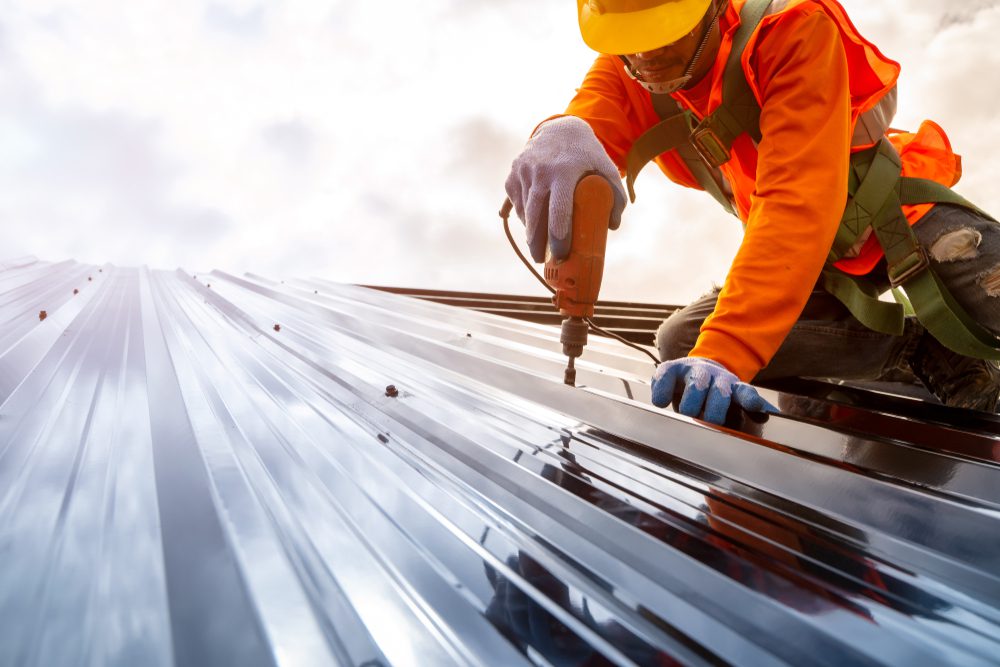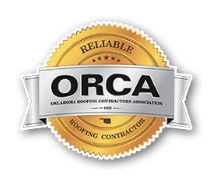The Mesmerizing Facts of Metal Roofing

Many Americans are thinking about ways to avoid the heat this summer after last year’s hot summer, especially as reroofing season approaches.
Roofs play a critical role in keeping homes cool, especially in hotter climates. Despite the fact that metal is the most energy-efficient roofing material available, there are still some misconceptions among homeowners, such as whether metal is excessively bright or conducts heat, causing the interior temperature of a home to rise.
When it comes to how metal roofing are supposed to work, nothing could be further from the truth. It’s critical for homeowners to grasp the technical aspects and science underlying roofing material performance in order to maximize their energy savings and stay comfortable even in extreme heat.
The Factor of Reflection
The first step in understanding how roofing materials might improve efficiency is to understand the sun’s energy, which is separated into UV, visible, and infrared rays. The bulk of non-visible rays are infrared, and they produce heat. The rest is made up of UV rays (which are invisible and cannot be felt but can inflict wear and tear on building materials) and visible rays.
While even unpainted metal roofs reflects solar radiation more than asphalt roofs, low-glare metal roofing reflect mostly infrared, non-visible and UV rays, which are the ones that cause the greatest heat and are the most destructive. Even darker color metal roofs will help lower home temperatures during hot summer weather by expelling up to 85% of solar heat to maintain homes cool.
The main line is that, due to the type of rays that metal roofs reflect, homeowners do not have to worry about their rooftops reflecting a gleaming glare, even in strong sunlight.
The concept that metal roofs are too glossy and mirror-like is a modern-day myth, thanks to today’s metal roofing types, which come in a range of surface finishes, profiles, textures and substrates, as well as high-performing paint colors. Because metal roofs operate to return and re-emit heat sourced by largely non-visible rays, they look and perform beautifully.
Roof Cooling Efficiency
There’s a reason why some homeowners characterize their summer energy bills as “over the roof.” Roofs can be the least energy-efficient component of any home if they are made of inferior materials and installed improperly.
Metal roofs are also known as “Cool Roofs,” as many of them are ENERGY STAR-qualified. Total thermal emittance and solar reflectance qualities, which indicate how much of a material’s captivated energy is freed and radiated back into the nature, are used to designate cool roofs.Cool metal roofing can help you save money on energy by decreasing roof temperatures by up to 50%.
It is also important to consider the installation. In order to save the most energy, appropriate insulation, airflow, and ventilation are required in all seasons. Check your local building codes to ensure that your insulation meets or exceeds requirements. Regardless of the roofing material, the ventilation systems facilitate to keep roof temperatures consistent.
It adds up to real dollars and pence to choose better roofing materials and installation methods: According to research, choosing the right sort of roof and installing it correctly can save households up to 40% on annual energy bills.
All year long, the sort of roof a homeowner chooses has a significant impact on their bottom line and budget. Metal roofing simply makes more sense in terms of practicality and performance.
See us at All American Roofing for metal roofing in OKC and other roof requirements e.g. repair or replacement.





